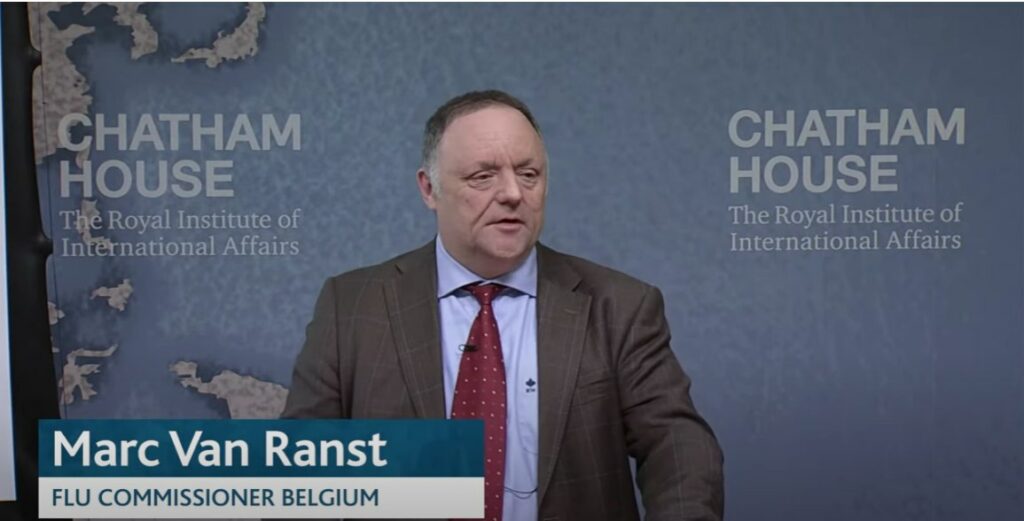“One of the problems that we had is that we did not have a media budget. There was really zero euros that we could spend. That means that you have to use every opportunity you can get to rule the airwaves to bring out your message. And that is something that you could do for free on the radio and on tv.
If you have good pre-existing relationships with the media you can try something else. We tried the following thing: we asked all of the anchors of the different tv stations:‘Are you willing for free to participate in a sort of informercial that you would pay for all of you’” and they said ‘Yes we’ll do that’ and that was hugely influentialand well nobody would be able to pay for something like this but if you have pretty good pre-existing relationships with them then you can ask for a return favour and they will or they might do that.
One of the things that we tried but this is ten years ago was using facebook and twitter but there were not enough people on facebook and twitter at that time to really have an impact. If we would that now that would be a prime channel to communicate. However that works both ways. I mean also the fake news would be transmitted much more readily through facebook through twitter than it did 10 years ago.
Answering the question of the day no matter what the journalists question is quite important so we had a call centre which was gradually becoming more and more populated and every almost hour to hour and later day to day you have to get an idea about what are the questions that the people are asking. And every day these questions were delivered multiple times so that I could work them in into the interviews no matter what the question was.
The first questions were travel related: “Can I still go to Mexico?” “I have planned a vacation. Can I get my money back?”
If you solve that problem by declaring an emergency you help quite a lot of people and that first peak goes away.
And then you have to predict the future.That’s hard because the future has not happened yet – predicting the past is a lot easier but you have to predict the future in order to prepare the public and not have an over exaggeration or an exaggeration of the information in the press.
So I said “Ok Belgium a small country we will also have H1N1 cases.” When you bring that it is front-page news. Well then a few days later the first H1N1 case arrives in the country.It is the second time that they have to bring that news so they bring it in a more muted and I think appropriate way but you can only do that when you prepare the scene for that.
Then there were the second set of questions. People were asking “What do I do when I get sick” and so on and that gives you the opportunity to work with them.
And then you have to say “ok we’re going to have H1N1 deaths. Of course that would be unavoidable. I used there Sir Donaldson’s quote where he said that in UK by the peak of the epidemic 40 people would die per day at the end of the summer. So 62 at that time million people in UK 40 deaths per day. I worked that out for Belgium there would be 7 deaths a day at the peak of the epidemic. I used that in the media “7 Belgian flu deaths per day at the peak of the epidemic would be realistic.” That is true in every year even pandemically.That is very very conservative.
However talking about fatalities is important because when you say that people say “Wow what do you mean? People die because of influenza” and that was a necessary step to take.
And then of course a couple of days later you had the first H1N1 death in the country and the scene was set and it was already talked about. That was the third peak of questions where you had an impact and you have to deal with that.”

